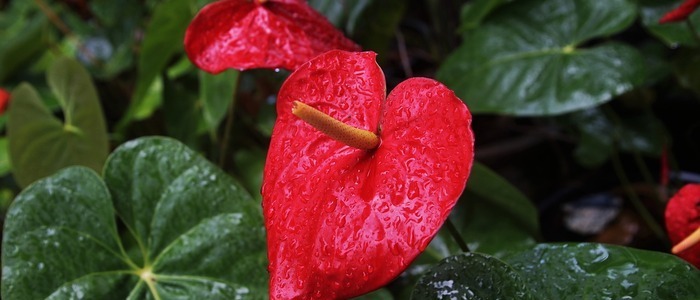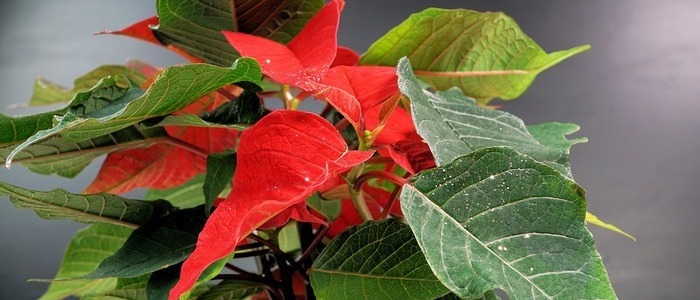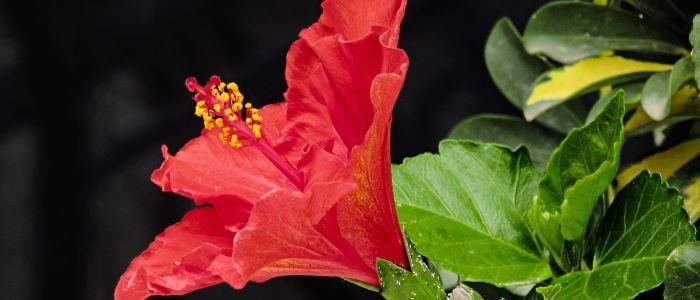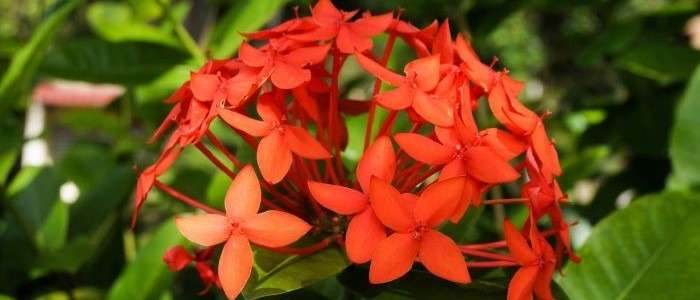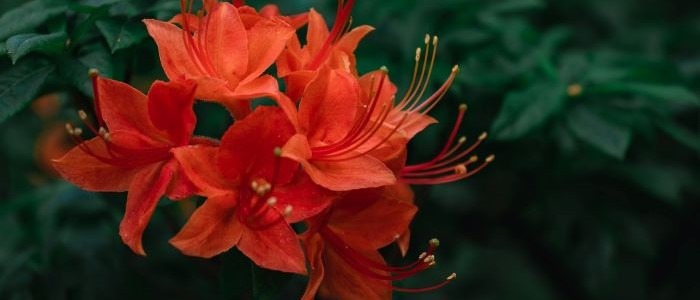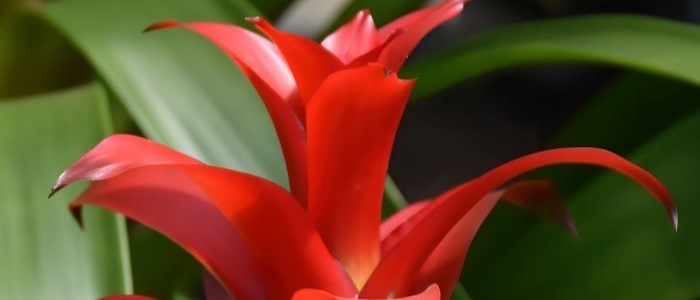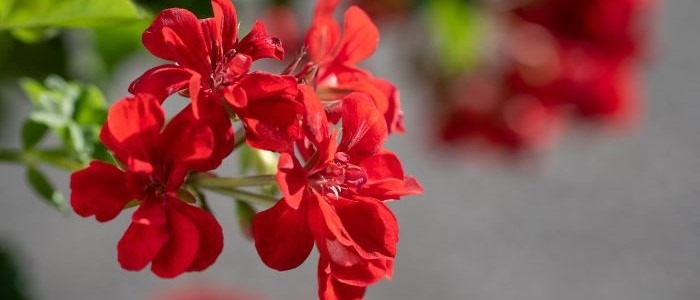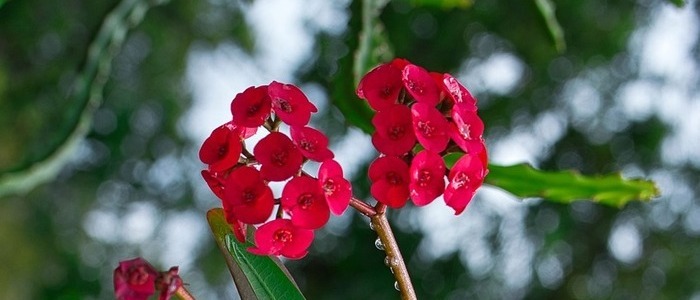Maintaining a Red Aglaonema plant is simple and can bring you years of enjoyment. So, if you looking for a plant that thrives with little maintenance, then the Red Aglaonema is perfect for you. This common houseplant can grow in dim environments, like residences or workplaces.
This article offers advice on how to take good care of and maintain the health of your red aglaonema plant
Red Aglaonema Plant Frequently Asked Questions
How do I keep my Red Aglaonema happy?
Your Red Aglaonema plant is happy in temperatures between 65-75℉. Any higher or lower temperatures can put your plant at risk of disease and death.
How do you know when Aglaonema needs water?
Your aglaonema plant needs watering when the top inch of soil becomes dry, monitoring the moisture in the soil will help prevent overwatering.

Red Aglaonema Plant Water Requirements
Aglaonemas are sensitive to overwatering, so you should make sure to only water your plant when the soil is dry. You should also use lukewarm or room temperature water for your aglaonema and avoid cold water as this can shock the roots.
Be sure to give your plant enough water but don’t over water it, as this could lead to root rot. To prevent overwatering, allow the top inch of soil to dry before you water your plant again.
Tips for Providing Proper Hydration In Red Aglaonema Plant
The amount of water your aglaonema needs will depend on the size and type of plant as well as the environment it is in. Generally, an aglaonema should be watered once or twice a week, and you should use lukewarm or room temperature water for your plant. Make sure to avoid cold water as this can shock the roots. Tips for providing proper hydration include:
-Watering your aglaonema only when the top inch of soil is dry, this will help prevent overwatering.
-If possible, avoid using hard tap water to water your plant as this may contain chemicals or minerals that could be harmful to it.
-If possible, use rainwater or distilled water to provide the best hydration for your aglaonema.
-Make sure to avoid keeping the soil too wet as this can lead to root rot and other issues. If you think the soil is too wet, reduce the amount of water you’re using and check if the soil is dry before watering again.
-In general, it’s best to water from the top of your aglaonema and not from the bottom. This will ensure that all parts of the plant are getting an even amount of hydration.
Red Aglaonema Plant Light and Heat Requirements
-Aglaonema plants thrive best in bright and indirect sunlight. Direct sunlight can cause the leaves to burn and get discolored. It’s important to keep your aglaonema away from windows or any other source of strong light.
-In terms of temperature, aglaonemas prefer temperatures between 65-75℉. Any higher or lower temperatures can put your plant at risk of disease and death.
Tips for providing the correct amount of light and heat
-Place your aglaonema in a bright spot that does not receive direct sunlight. A north or east facing window is ideal for an Aglaonema..
-If you are unable to provide enough natural light, consider investing in a growlight and placing it near the plant.
-Make sure the temperature around the plant remains steady, especially in the winter. Avoid placing your aglaonema near any sources of extreme hot or cold air such as a heating vent or window.
-Humidity is important for an Aglaonema, so humidify the room if possible by using a humidifier or by keeping plants grouped together to help raise the atmospheric moisture level.
-Keep the soil evenly moist, but not soggy, and if possible use distilled water or rainwater instead of tap water.
-Fertilize your aglaonema every other month with a balanced fertilizer diluted to half strength. Avoid overfertilizing as this can cause damage to the plant’s roots.
Soil Requirements for Red Aglaonema Plant
-Aglaonemas prefer soil that is well-draining, rich in organic matter and retains moisture. A peat-based potting mix with perlite works best for Aglaonema. Use a pot with drainage holes so the excess water can drain out. Re-pot annually or when your plant’s container becomes overcrowded.
-To ensure proper soil care and maintenance, it is important to regularly check the root system of your Aglaonema. Make sure that the roots do not become soggy or rot due to over-watering. When repotting, use a potting mix with the same qualities as your existing one.
-In addition, make sure to add some perlite or coarse sand to the potting mix to ensure that it is well-draining. This will help prevent root rot and soil compaction.
Fertilizer Recommendations
-To ensure the best results, fertilizer should be applied every two weeks during the growing season. A balanced liquid or granular fertilizer with an even ratio of nitrogen, phosphorus and potassium is recommended. Choose a product that is designed for houseplants to avoid burning your plant’s delicate roots.
-Applying too much fertilizer may cause your plant to produce excessive foliage at the expense of flowers. If you suspect that too much fertilizer has been applied, flush the soil with plain water to dilute any excess nutrients.
-For established plants, a slow-release fertilizer can be applied every 2 months during the growing season. Follow the instructions on the product label for the exact amount of fertilizer to use.
Treating and Diagnosing Problems in Red Aglaonema Plant
-Yellowing of leaves is a common problem when it comes to red aglaonema plants. Yellowing generally occurs due to too much sun or not enough water. Move your plant to an area with indirect light and make sure that the soil has adequate drainage. Water regularly and check for any signs of dryness before watering again.
Common Problems with the Red Aglaonema Plant
Pest infestations: The red aglaonema plant is susceptible to pest problems like spider mites and mealybugs, which can cause serious damage to the plant’s foliage if left unchecked.
2. Overwatering issues: Red aglaonema plants prefer slightly moist soil but are prone to root rot if overwatered. It is essential to maintain the right balance of water for these plants.
3. Fertilization needs: Red aglaonema plants require periodic fertilization to maintain their vibrant color and healthy growth. It is important to use a balanced fertilizer and follow the recommended dosage to avoid over-fertilization. By addressing these common problems, you can ensure the health and longevity of your red aglaonema plant..
Conclusion
In conclusion, red aglaonema plants are a great addition to any home or office space because they require little maintenance. The plant should be able to flourish in its surroundings once the requirements for watering, light, fertilizer, and temperature are met.
It’s crucial to regularly look for any disease or pest signs that might harm your plant. Your red aglaonema can add a lovely touch to any room with the right care and maintenance!
Other House Plants With Red Flowers
